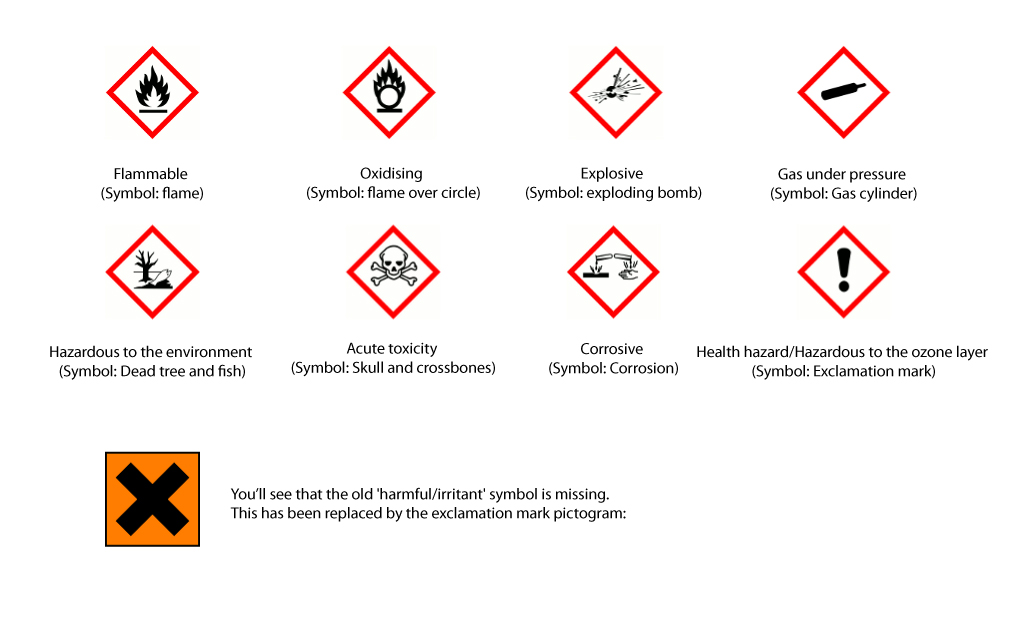The main law governing health and safety at work in the United Kingdom is:
This law enforces a policy of safe working practices and ensures, as reasonably practicable, that all reasonable steps are taken to reduce the risk of injury and protect employees from harm.
However, employees also have a role to play in understanding and acting upon health & safety training and advice. Employees must be aware of their own health & safety and that of others who may be affected by their actions at work. They must also co-operate with employers and co-workers to help everyone remain safe in the workplace.
Competent Person
An employer must appoint a competent person to monitor an organisation's health & safety policies and procedures. At Cardiff Gate this person is ANDREW HARLEY, and (following a risk assessment) any identified potential hazards should be reported to him or a senior member of staff as soon as possible.
Assessing Risks & Hazards
A good starting point is to look around your workplace and think about any potential hazards.
This could be an object (or placement of an object), an activity or process, a substance or even a set of circumstances which may result in an environment becoming hazardous.
Identify the hazards
When you work in the same place each day it may be easy to overlook some hazards. However, there are some practices with a recognised risk of harm:
Take extra caution when undertaking an activity that may involve any of the above.
Hazard Symbols
Chemicals, materials or equipment may include a label identifying the specific type of hazard.

It is advised that you are familiar with what these symbols look like and what they represent.
When handling anything with these symbols, it is imperative that you take extra caution and read the instructions carefully.
Depending on the type of work you do, there may be other hazards that are specific to your duties and so it is vital that you bring these to the attention of your employers. It is not about making a fuss it is about you and your colleagues' safety.
Evaluate the risks
Having identified the hazards, you then have to decide how likely it is that harm will occur - this is the risk.
Risk is a part of everyday life and we are not expected to eliminate all risks. What you must do is make sure you know about the main risks and what you need to do to manage them responsibly.
Risk Assessment - Controlling the risks
To control the risks in your workplace we all need to think about what might cause harm to people and try to prevent that from happening. This process is known as risk assessment and it is something we are required by law to carry out.
Recording your findings
A risk assessment must be 'suitable and sufficient'. It should show that you dealt with all the obvious significant hazards, taking into account the number of people who could be involved. It should also show that the precautions were reasonable and the remaining risk is low.
Ask yourself:
Some practical steps you could take include:
You must also be sure that what you propose to do will work in practice and won't introduce any new hazards.
For each hazard you also need to be clear about who might be harmed - it will help you identify the best way of controlling the risk. That doesn't mean listing everyone by name, but rather identifying groups of people. Think about people who might be there regularly, those who are not in the workplace all the time, such as visitors, contractors and maintenance workers. Take members of the public into account if they could be harmed by your work activities.
If you need to carry out a risk assessment you can use:
However, if the activity is high risk or you are not confident with a planned activity, please inform a senior member of staff.
If you have conducted a risk assessment, please ensure that you keep any findings or paperwork, which can be included with our Annual Health & Safety Risk Assessment
Accidents, Incidents and Investigations
As part of your monitoring you should also report accidents & incidents to ensure that corrective action is taken and any necessary improvements are put in place.
An investigation into the incident will help us to:
Please report any accidents or incidents in the IGP Accident Log Book - kept in the main admin room at Cardiff Gate
Slips and trips
Why is dealing with slips and trips important?
Slips and trips are the most common cause of injury at work. On average, they cause over a third of all major injuries and can lead to other types of accidents, such as falls from height. Slips and trips also account for half of all reported injuries to members of the public in workplaces where there is public access, such as hospitals.
What do I have to do?
To help prevent these accidents you need to think about what might cause slips or trips in your workplace and decide whether you are doing enough to prevent them. Once you have identified the risks you must control them.
How can I do it?
Summary: That concludes the introductory training relating to general Health & Safety. Other training modules will be more specific regarding Fire Safety, Infection Control and Manual Handling. However, if you feel like you would benefit from further training in this or any area please share your thoughts or concerns with a senior member of staff. While there is a legal obligation to protect staff, primarily there should also be a collective, genuine concern that everyone at IGP has a safe and considerate working environment.
Remember:
Everyone is responsible for ensuring effective health & safety practices.
Please complete the Health & Safety Quiz to complete the Training: